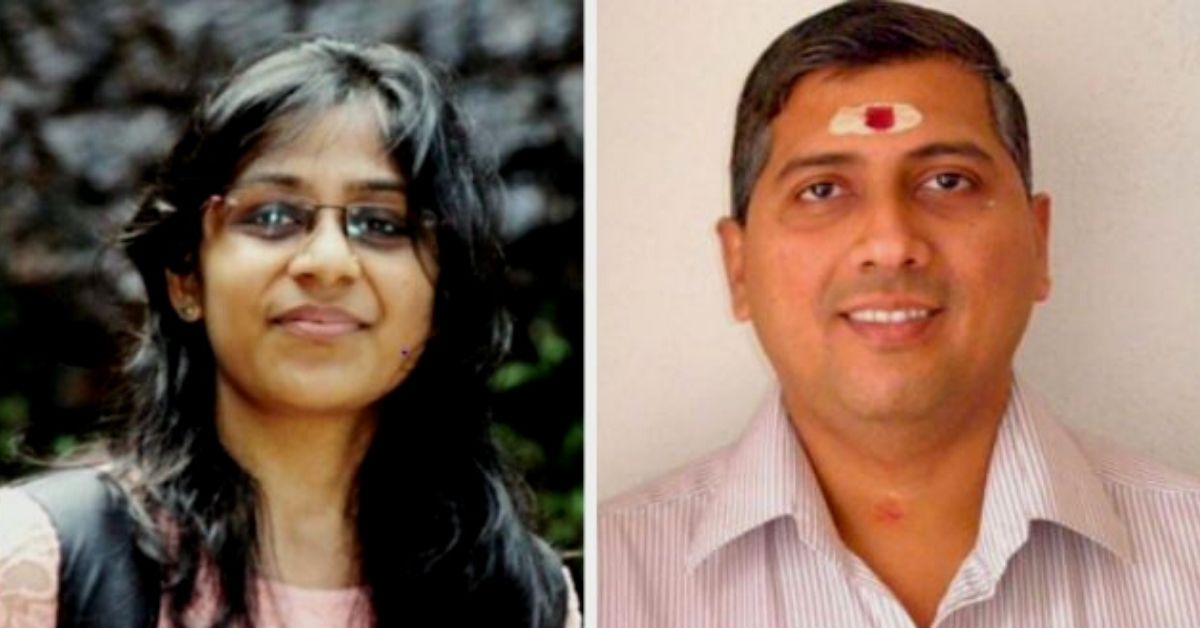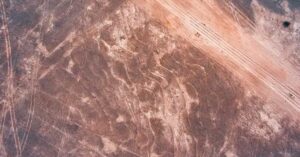IIT-M Researchers Develop New Method to Detect Early Signs of Earthquakes
The research on effective warning signals for earthquakes was undertaken by Kanchan Aggarwal, who is a PhD Scholar under the guidance of Prof. Arun K Tangirala of the Department of Chemical Engineering, IIT Madras.

A team of researchers of the Indian Institute of Technology (IIT)-Madras have developed a new approach for the development of robust early warning systems for earthquakes through accurate detection and picking up of the first set of seismic waves.
When an earthquake occurs, it produces a series of seismic waves. The first set of waves is called the P-wave and it is harmless. Its onset detection is of vital importance because a good estimate of the time of its arrival would help in developing a robust early warning system that could give a lead time before the next set of destructive waves hit the ground. The lead time could vary from 30 seconds to 2 minutes, primarily depending on the distance between the location of the epicentre location and the monitoring site.
On the face of it, the lead times may seem minor. But they are significant. They are sufficient to shut down the nuclear reactors, transportation such as the metro, and to park the elevators in high rise buildings at the nearest floor, among numerous other measures that can save lives.
All the existing P-wave onset detection methods are based on a combination of statistical signal processing and time-series modeling ideas.
However, these methods do not adequately accommodate some advanced ideas. When combined with what is called a time-frequency or temporal-spectral localisation method, the effectiveness of such methods can be enhanced significantly.
The new study at IIT fills this gap. It proposes a novel real-time automatic P-wave detector and picker in the prediction framework with a time-frequency localisation feature. The proposed approach brings a diverse set of capabilities in accurately detecting the P-wave onset, especially in what is called low signal-to-noise ratio (SNR) conditions that all the existing methods fail to attain.
This research was undertaken by Kanchan Aggarwal, who is a PhD Scholar under the guidance of Prof. Arun K Tangirala of the Department of Chemical Engineering, IIT Madras. A report on their study has been published in the science journal PLOS ONE. The research was partially funded by the Board of Research in Nuclear Sciences, an advisory body of the Department of Atomic Energy.
Highlighting the practical applications of their work, Prof. Tangirala says, “The proposed framework is not necessarily limited to the detection of seismic events but is generic. It can be used for fault detection and isolation in other domains as well. Furthermore, it can incorporate any predictive models including the Machine Learning and Deep Learning models, which will reduce the human intervention in the detection.”
Aggarwal says, “Information of P-wave arrival is also crucial in determining other source parameters of the event such as magnitude, depth and epicentre location. Therefore, a solution to the P-wave detection problem that is robust, accurate, and precise is essential to estimate the event details correctly and to reduce the damage caused by the earthquake or other triggered events.”
(Article Courtesy: India Science Wire)
This story made me
- 97
- 121
- 89
- 167
Tell Us More
We bring stories straight from the heart of India, to inspire millions and create a wave of impact. Our positive movement is growing bigger everyday, and we would love for you to join it.
Please contribute whatever you can, every little penny helps our team in bringing you more stories that support dreams and spread hope.



















